The discount in trading Russian crude has narrowed as the Group of Seven (G7) price ceiling for the commodity “has become increasingly loose,” research firm ClearView Energy Partners said.
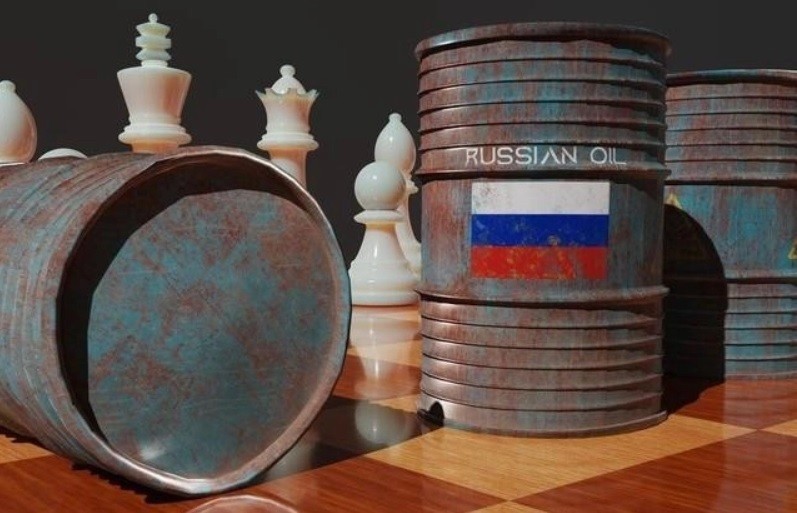 |
| Rising crude oil prices will help Russia gain more revenue from this commodity. (Source: Fly Of Swallow Studio/ShutterStock) |
Russian crude has been averaging about 6 cents below Brent crude over the past four weeks (as of October 14), according to Clearview Energy Partners. When the $60/bbl cap is fully implemented in February 2023, Russian crude will be selling at a 30% discount.
Meanwhile, according to Reuters calculations, the price of Russian Urals crude at export ports in the Baltic and Black Seas in October rose above $65 a barrel. Moscow oil prices have increased in line with the general market developments in recent times. The $65 level is currently $5 higher than the export ceiling that the West has imposed on Russian oil.
Ukraine's allies, including the United States, have banned imports of Moscow's crude oil.
G7 countries, the European Union (EU) and Australia have imposed a ban on using Western maritime services such as insurance, flagging and transport when tankers carrying Russian oil with a price equal to or above 60 USD/barrel arrive in these countries.
Price ceilings "increasingly loose"
In a recent report to clients, Clearview Energy Partners described the G7 price cap on Russian oil exports to third countries as “increasingly lax.”
Despite calls from the G7 to improve the price cap, an increased squeeze on Russian oil by the world's largest economy seems unlikely until after the US election, said Kevin Book, managing director of research at Clearview Energy Partners.
However, Mr. Kevin Book found that "tense" with Moscow oil could lead to the risk of pushing up world crude oil prices - which are already being affected by Middle East tensions.
“In addition, the use of ‘secondary’ sanctions to enforce oil price caps could push reputable insurers out of the Russian crude oil game altogether,” Kevin Book stressed.
Part of the reason countries want to be more aggressive with oil discounts is because Russian oil is finding more buyers, including India and China, he explained.
In September 2024, record volumes of sanctioned Kremlin crude oil were transported by “dark fleets” and sanctioned tankers without clear insurance.
Analysis of data by the Lloyd's List unit of energy commodity tracker Vortexa shows that 69% of Moscow's total crude oil exports in September were carried on "shadow fleet" tankers and 18% were carried on tankers operated by Russian government- controlled Sovcomflot.
This is the largest volume shipped since monthly “dark fleet” data began tracking in mid-2022.
Customers still need Russian oil
Chinese and Indian oil traders, refiners and port authorities are driving this growth.
Despite the price cap, some shipowners still decide to make their vessels part of the "shadow fleet" and risk being punished by the West for big interests, revealed Andy Lipow, President of Lipow Oil Associates.
“After all, Russian oil continues to be bought by Chinese and Indian refineries,” he said.
The number of uninsured tankers sanctioned has also increased, with some 201 of the 310 tankers tracked uninsured, according to Lloyd's List.
The oil market is pricing in the Iran-Israel conflict, so cheap Russian oil remains the ideal choice, Mr. Lipow said.
Experts also noted that Moscow’s heavy discounts to India and rising transportation costs have somewhat limited the price increase of Urals oil. However, the increase in crude oil prices will still help Russia earn more revenue from this strategic commodity.
As evidence, in September 2024, the Russian Ministry of Economy said that this agency had raised its forecast for oil and gas export revenue this year to 257.1 billion USD. This figure is 17.4 billion USD higher than the previous estimate.
The ministry also forecast that the average export price of oil this year will be $70 per barrel. This figure is higher than last year's $64.5 and the $60 ceiling that the West imposed on Russian oil.
Source: https://baoquocte.vn/my-kho-lam-cang-voi-dau-nga-gia-da-vuot-muc-60-usdthung-moscow-van-rung-rinh-nho-mat-hang-chien-luoc-290489.html


![[Photo] Solemn funeral of former Vice Chairman of the Council of Ministers Tran Phuong](https://vphoto.vietnam.vn/thumb/1200x675/vietnam/resource/IMAGE/2025/10/24/1761295093441_tang-le-tran-phuong-1998-4576-jpg.webp)
![[Photo] Prime Minister Pham Minh Chinh chairs conference on breakthrough solutions for social housing development](https://vphoto.vietnam.vn/thumb/1200x675/vietnam/resource/IMAGE/2025/10/24/1761294193033_dsc-0146-7834-jpg.webp)
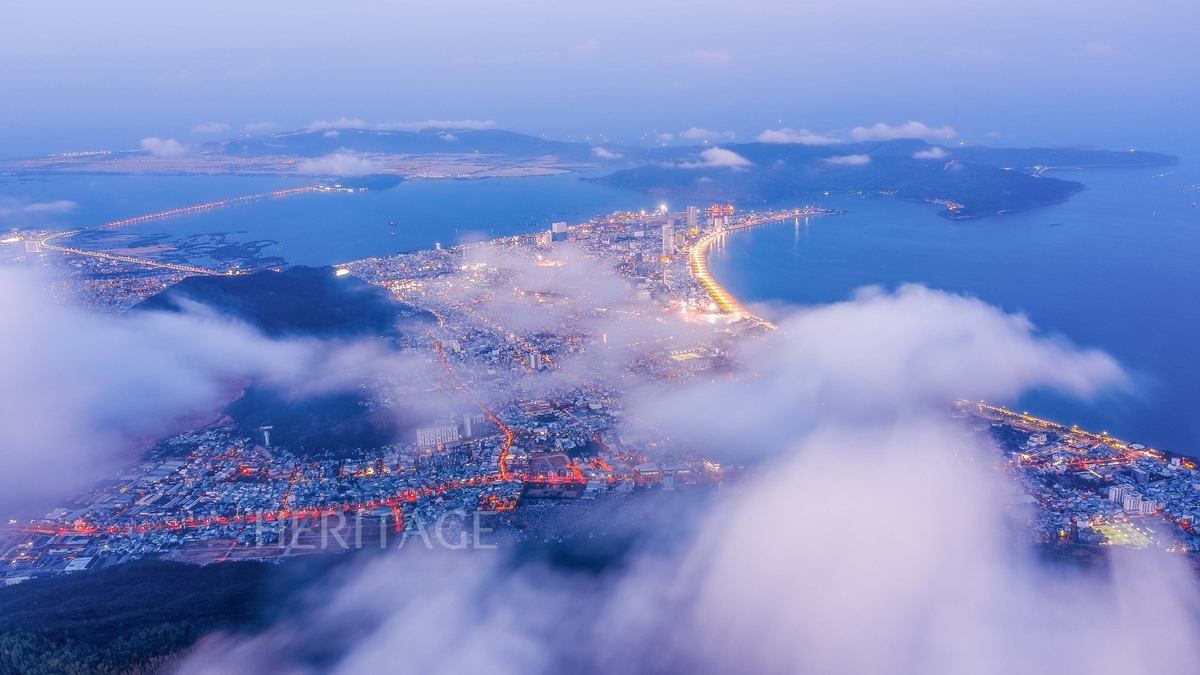

![[Photo] Prime Minister Pham Minh Chinh and South African President Matamela Cyril Ramaphosa attend the business forum](https://vphoto.vietnam.vn/thumb/1200x675/vietnam/resource/IMAGE/2025/10/24/1761302295638_dsc-0409-jpg.webp)
![[Photo] President Luong Cuong chaired the welcoming ceremony and held talks with United Nations Secretary-General Antonio Guterres](https://vphoto.vietnam.vn/thumb/1200x675/vietnam/resource/IMAGE/2025/10/24/1761304699186_ndo_br_1-jpg.webp)


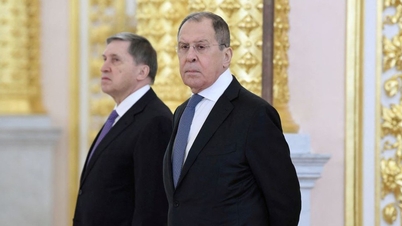



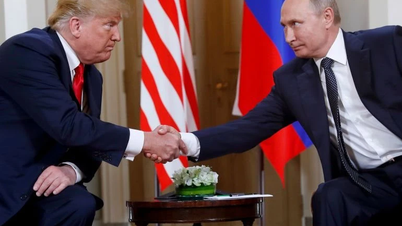


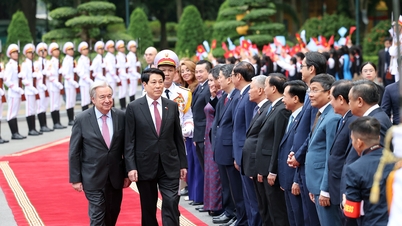

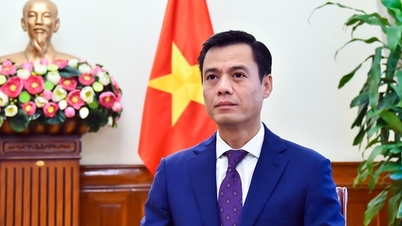


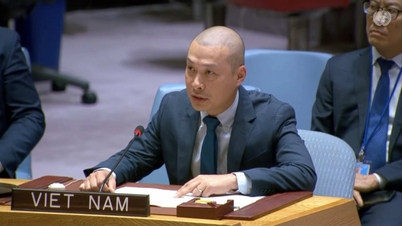







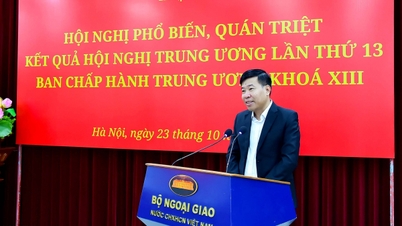
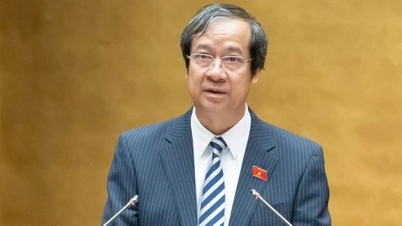

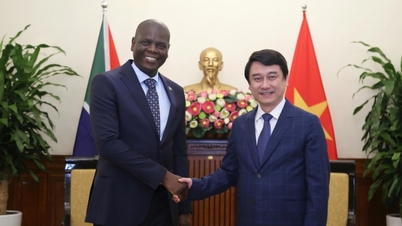

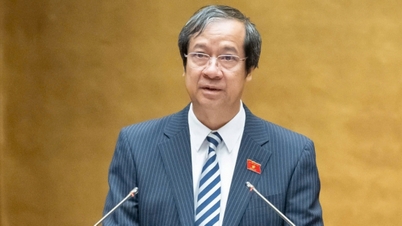













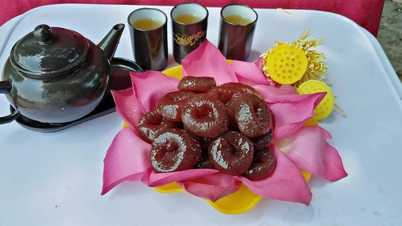







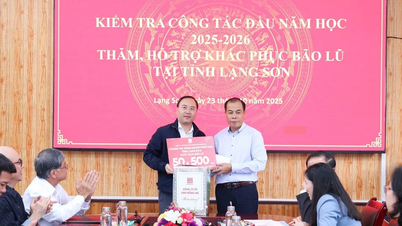










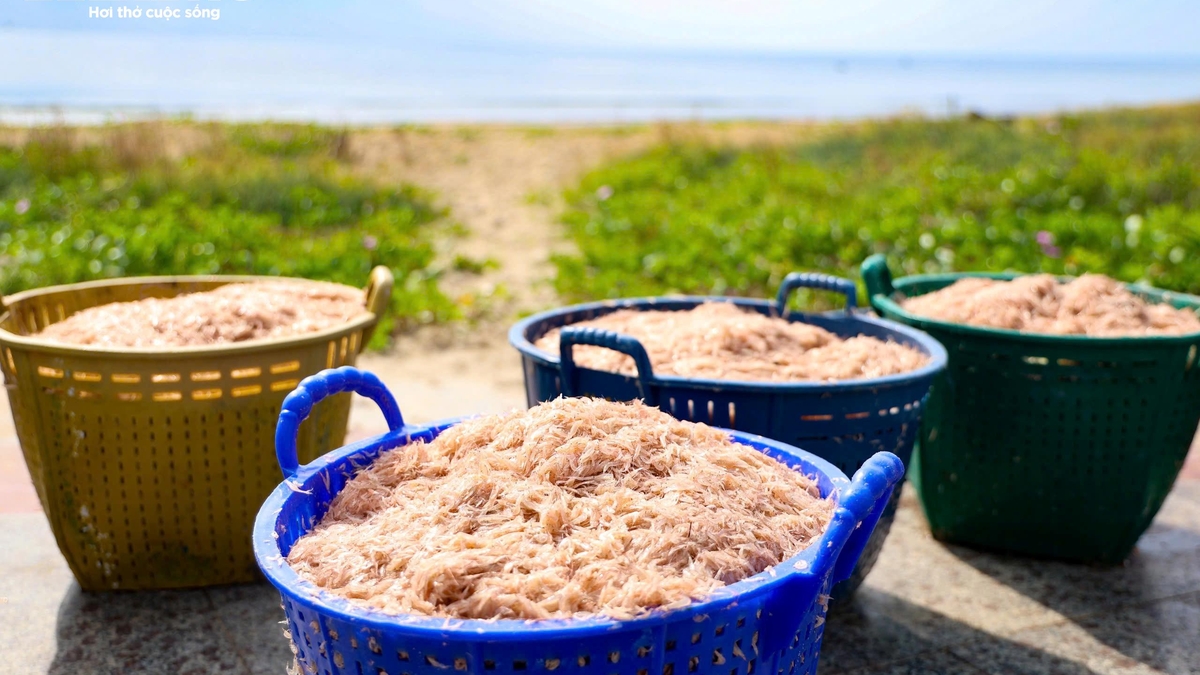
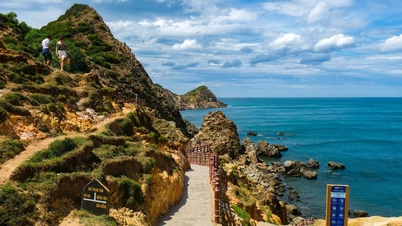

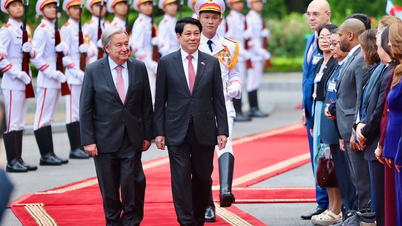




























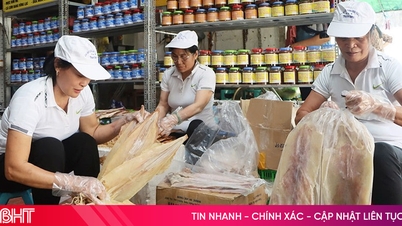






Comment (0)